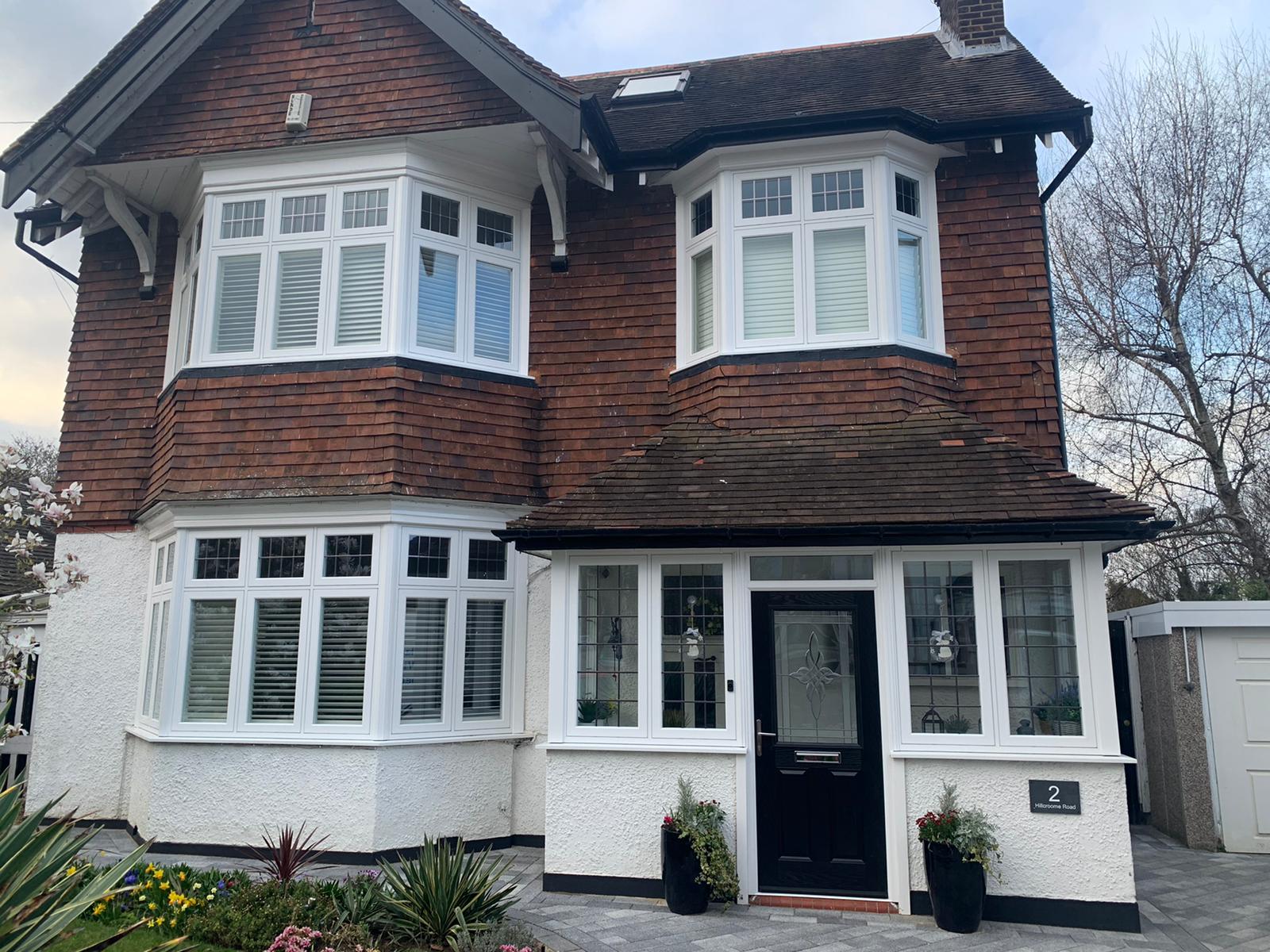Cette entreprise n'a pas de postes à pourvoir
0 Avis
Noter cette Entreprise (Pas d'avis pour l'instant)
Infos sur l'Entreprise
- Secteur d'activité IT
- Région Tomboronkoto
About Us
Observational Study of Aluminium Windows: A Modern Architectural Choice
Aluminium windows have become increasingly popular in contemporary architecture, offering a blend of aesthetic appeal, durability, and energy efficiency. This observational research article seeks to explore the characteristics, advantages, and challenges associated with aluminium windows, as well as their impact on residential and commercial buildings. Through a series of observations and analyses, we aim to provide a comprehensive understanding of this material in the context of modern construction.
Aluminium, a lightweight yet robust metal, has been utilized in various applications for decades. In the realm of construction, aluminium windows are celebrated for their strength and resilience, making them an ideal choice for both high-rise buildings and residential homes. Observations made in urban and suburban settings reveal a growing trend towards the adoption of aluminium windows, driven Glazing By Ideal Glass their versatility and performance.
One of the most notable features of aluminium windows is their slim profiles. Unlike traditional wooden or PVC frames, aluminium frames can be made thinner without compromising structural integrity. This design advantage allows for larger panes of glass, which not only enhance the aesthetic appeal of a building but also maximize natural light intake. In various residential neighborhoods, it was observed that homes fitted with aluminium windows often appeared more modern and inviting, contributing positively to the overall architectural landscape.
Energy efficiency is another significant factor influencing the choice of aluminium windows. Advanced thermal break technology has enabled manufacturers to produce windows that minimize heat transfer, thereby improving insulation. Observations in energy-efficient homes indicated that residents experienced reduced heating and cooling costs, as well as a more comfortable indoor environment. In commercial buildings, where energy consumption can be substantial, the implementation of aluminium windows has been associated with lower operational costs and a smaller carbon footprint.
The durability of aluminium windows is also a key consideration. Unlike wood, which can warp or rot over time, aluminium is resistant to the elements, including moisture, UV rays, and temperature fluctuations. This resilience was particularly evident in coastal areas where salty air and high humidity can wreak havoc on traditional window materials. Observational studies in these regions indicated that buildings with aluminium windows maintained their appearance and functionality over the years, requiring minimal maintenance compared to their wooden counterparts.
Moreover, the aesthetic versatility of aluminium windows allows for a wide range of design options. Available in various finishes and colors, aluminium frames can be customized to match the architectural style of any building. Observations in urban settings showed that architects and builders often favored aluminium windows for their ability to complement both modern and traditional designs. This adaptability has made aluminium a preferred choice for many renovation projects, where maintaining the character of a structure is crucial.
However, despite the numerous advantages, there are challenges associated with aluminium windows that warrant attention. One concern is the initial cost, as aluminium windows tend to be more expensive than traditional wood or PVC options. Observations in the marketplace indicated that while many homeowners are willing to invest in higher-quality materials for long-term benefits, the upfront cost can be a barrier for some. This financial consideration often leads to discussions about the value of investing in durable, energy-efficient materials versus opting for cheaper alternatives.
Another challenge is the thermal conductivity of aluminium. While advancements in thermal break technology have mitigated this issue, poorly designed or installed aluminium windows can still result in condensation and reduced energy efficiency. Observations in older buildings highlighted instances where inadequate insulation led to cold spots and moisture accumulation, emphasizing the importance of proper installation and maintenance practices. Builders and homeowners must be vigilant in selecting high-quality products and ensuring they are installed by experienced professionals.

In terms of sustainability, aluminium windows present a mixed picture. On one hand, aluminium is a recyclable material, and many manufacturers are adopting sustainable practices in their production processes. Observations of recycling facilities indicated that a significant portion of aluminium used in window manufacturing comes from recycled sources, reducing the environmental impact of extraction and processing. However, the energy-intensive process of aluminium production raises concerns about its overall carbon footprint. As the construction industry increasingly prioritizes sustainability, the balance between the benefits and drawbacks of aluminium windows will continue to be a topic of discussion.
The impact of aluminium windows on building security is another area worth exploring. Observations in various residential and commercial properties revealed that aluminium frames, when combined with advanced locking mechanisms and laminated glass, provide a high level of security. This feature is particularly appealing to homeowners and business owners concerned about safety. While no window material is entirely impervious to break-ins, the strength of aluminium frames can deter potential intruders, making it a practical choice for security-conscious consumers.
In conclusion, the observational research conducted on aluminium windows highlights their growing prominence in modern architecture. With their sleek design, energy efficiency, and durability, aluminium windows offer a compelling alternative to traditional materials. However, challenges such as initial costs, thermal conductivity, and sustainability must be carefully considered. As the demand for energy-efficient and aesthetically pleasing building materials continues to rise, aluminium windows are likely to play an increasingly significant role in shaping the future of construction. Further research and innovation will be essential in addressing the challenges associated with aluminium windows, ensuring that they remain a viable and attractive option for builders and homeowners alike.

